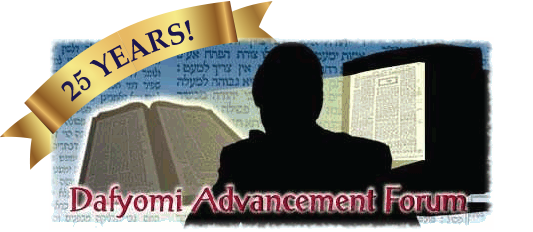?Va'yemar?ru es Chayeihem?. What are the connotations of ?Chayeihem??
R. Bachye #1: It refers to their souls (their bodies). 1
R. Bachye #2: It refers to Hakadosh-Baruch-Hu (?the life of the Soul?). 2
When did the Egyptians begin to "embitter the lives" of Bnei Yisrael," and why?
Maharal (Gevuros Hashem, beg. Ch. 12, p. 64): They began when Miriam was born. 1 (Her name, 'Miriam' stems from 'Merirus' - bitterness). This is because her birth was Yisrael's first step towards their approaching redemption - and the Egyptians acted to oppose this development.
Shir Hashirim Rabah 2:11.
What is ?Eis Kol Avodasam? coming to include?
Rashbam: ?u?ve?Chol Avodah ba?Sadeh? ? plowing and reaping in the field ? ?Eis Kol Avodasam ? ? ? in addition to the back-breaking work that they did in the town.
What was Par?oh trying to achieve with all his decrees?
R. Bachye: Refer to 1:14:151:1. In fact, all his decrees, beginning with back?breaking work, were meant to prevent them from increasing, and when he saw that one decree did not bear the required results and that they increased even more ? as the Torah writes ?ve?Cha?asher Ye?anu oso Kein Yirbeh? ? in Pasuk 12, he instituted another one.
Why is the word "b'Chomer" written missing a 'Vav'?
Moshav Zekenim: Through this, the letters can spell 'bi'Remach,' 1 to teach that they subjugated all two hundred and forty-eight of their limbs.
The same Gematriya (248) as the number of limbs in a man's body.
Why does the verse emphasize "work in the fields"?
Maharal (Gevuros Hashem Ch. 54, p. 242): The Egyptians' plot was to keep the Bnei Yisrael in the fields overnight, away from their homes; to diminish their procreation. 1
Maharal (ibid.): This aspect of the slavery is implied by the word "Onyenu" (Devarim 26:7) in Mikra Bikurim; as the Hagadah Shel Pesach expounds, "Zo Perishus Derech Eretz."
The term "Parech" was already used in the preceding Pasuk (1:13); why is it repeated here?
Maharal #1 (Gevuros Hashem Ch. 15, p. 72): One opinion in the Gemara (Sotah 11b) interprets "Parech" as a contraction of the words 'Peh-Rach;' refer to 1:13:1.1.
Maharal #2 (ibid.): If the word "Parech" (1:13) was literal (i.e. it was back-breaking); this verse now adds that the Egyptians made every type of labor - be it with clay, bricks, in the fields, or any sort - entail as much subjugation and difficulty as possible.
What can we learn from the sequence of the types of labor listed in this Pasuk? How did each type embitter their lives?
Maharal (Gevuros Hashem Ch. 15, p. 73): The Egyptians made Yisrael work with clay and bricks - which is difficult labor, and makes one sick of life itself (1:14:151.4:1.) Then they moved them to the fields, removing them from their homes, where a person is most comfortable. Then they made the work "Parech" by exchanging the men's tasks with the women's tasks (Sotah 11b). All these run counter to a person's nature, and are called "embittering their lives." In the coming verses (1:15-16), the Egyptians extended their control even over their children; which was even more inward and personal than their own servitude. 1
See Maharal (Chidushei Agados Vol. 2, p. 47, to Sotah 11b) in depth.
Based on these verses (1:11-14), how did the sequence of decrees gradually intensify the slavery?
Maharal (Gevuros Hashem Ch. 15, p. 72): a. The first decree was "to make [Yisrael] suffer with their burdens" (1:11) - that the work itself was difficult; b. "They made them work b'Farech" (1:13) - the taskmaster would give them no rest; c. "They embittered... with clay and bricks" - The work was lowly and degrading, running counter to the spirit of living. 1
Maharal (ibid.): There is no more difficult labor than working with mortar (Shemos Rabah 1:27). Maharal further explains why these decrees came in sets of three; also refer to 1:15:3.2:1.




